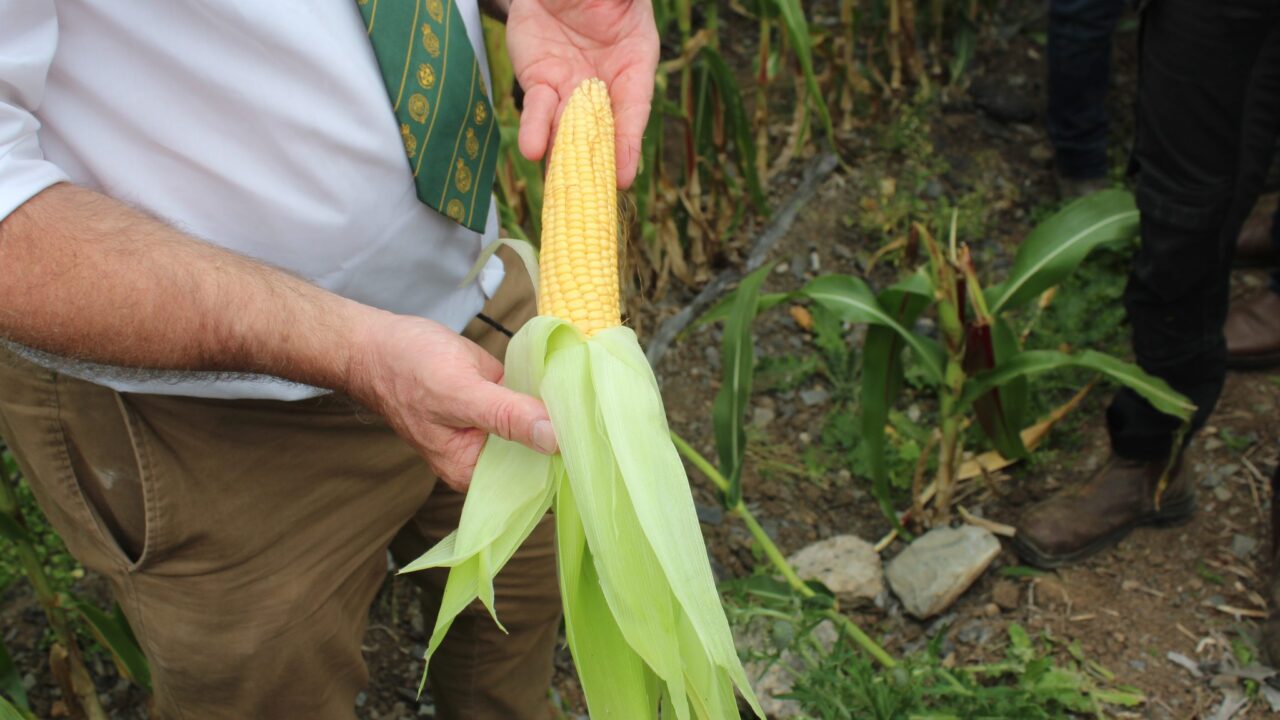There is now an almost universal expectation that forage maize crops in Northern Ireland will be harvested in about a fortnight’s time.
This is three weeks earlier than would normally be the case.
Co. Down grower, Allan Chambers, will be harvesting 180ac of forage maize this year.
He commented: “The entire crop is grown on contract. Weather permitting, we should be able to harvest the entire maize acreage in less than three days.
“The crop is harvested in the field and transported back to the yard using trailers, where it is transferred to lorries for onward delivery to our customers.
“We do not ensile any of the maize. Specific dry matter and starch content values are agreed with customers at time of planting.
“The delivered crops are analysed fresh upon arrival at their final destination.”
Chambers is also confirming an exceptionally early harvest date for his 2025 maize crop.
He said: “I don’t think final yields will be higher than any other year.
“However, there are tremendous benefits associated with the opportunity of harvesting maize earlier in the season.”
Forage maize
The Co. Down tillage farmer views forage maize as a key crop within the crop rotation he follows on his farm.
“It helps to remove Take-All from the equation, where winter wheat is concerned,” he explained.
“We also grow winter barley. All our winter cereals performed well this year. Grain yields were good and straw quality is excellent.”
Where winter wheat crops are concerned, Chambers will always look at an October planting date.
“Again, this helps to remove the threat of Take-All”, he stressed.
Grain markets
Like all other tillage farmers, Chambers is deeply concerned about the state of world grain markets at the present time.
He believes that millers in Northern Ireland should pay a premium price for local grains that are included in their animal rations.
Chambers explained: “Such an approach links in with the various farm quality assurance schemes, the traceability of the food that is produced here and its provenance.”
It is more generally believed that such an approach would further encourage cereal production in Northern Ireland, where combinable crops account for less than 10% of the agricultural land area.
Tillage systems have additional benefits for the region they are based in, such a lower carbon footprint than livestock production.
Recent research also indicates that a stronger tillage/grassland balance would encourage greater levels of biodiversity in the countryside.

